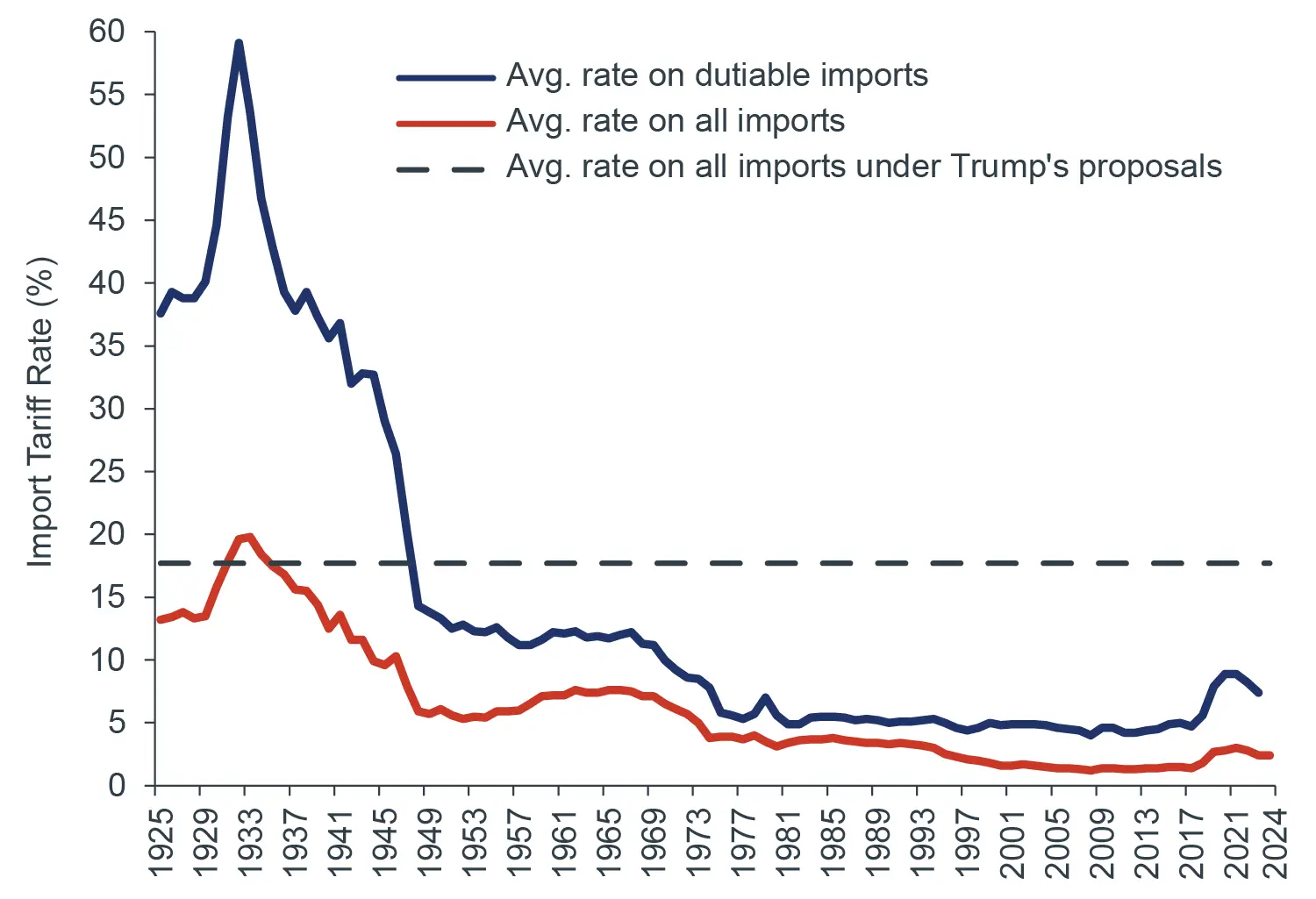Investing can seem overwhelming, especially for beginners. With so many options and financial jargon, it’s easy to get lost. But mutual funds offer a great way for beginners to dip their toes into the world of investing. This guide will help you understand the basics of mutual funds and how to start investing with confidence.
What is a mutual fund?
A mutual fund is a pool of money pooled from multiple investors to invest in stocks, bonds, or other securities. These funds are managed by professional fund managers who make investment decisions on behalf of investors, to generate returns in line with the fund’s objective.
Key features of mutual funds:
- Diversification: Your money is spread across a wide range of assets, reducing risk.
- Professional management: Expert fund managers manage your investments.
- Accessibility: You can start investing with relatively small amounts.
- Liquidity: Most mutual funds allow you to easily redeem your units.
Types of Mutual Funds
Understanding the types of mutual funds can help you choose one that matches your investment goals:
- Equity Funds: Invest primarily in stocks. Best for long-term growth but come with higher risk.
- Debt Funds: Invest in fixed-income securities like bonds. These are less risky but offer lower returns.
- Hybrid Funds: Combine equity and debt investments. These offer a balance between risk and reward.
- Index Funds: Track a specific market index like the Nifty 50 or S&P 500. These are passive funds with low fees.
- Sectoral/Thematic Funds: These funds focus on specific sectors, such as technology or healthcare. Due to limited diversification, they carry a higher risk.
Why should you invest in mutual funds?
- Affordable: Start with just ₹500 per month through a Systematic Investment Plan (SIP).
- Time-saving: No need to research individual stocks or bonds.
- Tax benefits: Some funds like ELSS (Equity-Linked Savings Scheme) offer tax benefits under Section 80C.
- Compounded gains: Reinvested income can grow exponentially over time.

How to get started
- Set your financial goals: Identify whether you are saving for retirement, a house, or a vacation.
- Understand your risk appetite: Younger investors may take more risk with equity funds, while older investors may prefer safer options like debt funds.
- Choose the right fund: Use platforms to compare funds based on past performance, expense ratios, and ratings, or consult advisors.
- KYC compliance: Complete the Know Your Customer (KYC) process that includes ID and address verification.
- Invest via SIP or Lump Sum: SIP is ideal for regular investments; if you have idle cash, a lump sum is better.
Tips for beginners
- Start early: The sooner you invest, the longer it will take for your money to grow.
- Be consistent: Invest regularly, even during market downturns.
- Review periodically: Monitor your portfolio every 6-12 months to ensure it is aligned with your goals.
- Don’t chase returns: Choose funds based on consistency and suitability, not just past performance.
- Seek professional advice: A certified financial planner can guide you if unsure.
Common misconceptions busted
- “Mutual funds are only for experts.” – Not true. They are designed to suit beginners.
- “You need a lot of money to get started.” – SIPs start from ₹500/month.
- “They guarantee returns.” – Mutual funds are market-linked and carry risk. There are no guarantees.
Mutual funds provide a smart, accessible way for beginners to start investing. With the right knowledge and a disciplined approach, you can build wealth and achieve your financial goals over time. Start small, stay informed, and let your money work for you.
Read Also: How to Mine Cryptocurrency: A Beginner’s Guide
![]()






One thought on “A Beginner’s Guide to Investing in Mutual Funds”